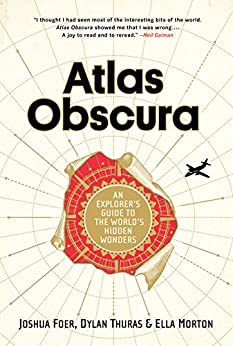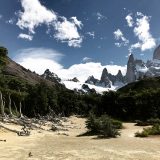Endangered Southern Resident Killer Whales: What Travellers Can Do To Help

Southern Resident Killer Whales (Orcas) are nearing extinction. Only 78 whales are estimated to be alive now in 2017. Credit: Simon Pidcock.
A few weeks ago, we published an article about a once in a lifetime safari experience in Botswana’s Chobe National Park. I was inspired by the author’s emotive wildlife photography and raw account of the harsh realities of life in the savanna. The majestic creatures living in Chobe National Park remained in my thoughts long after I finished reading the article.
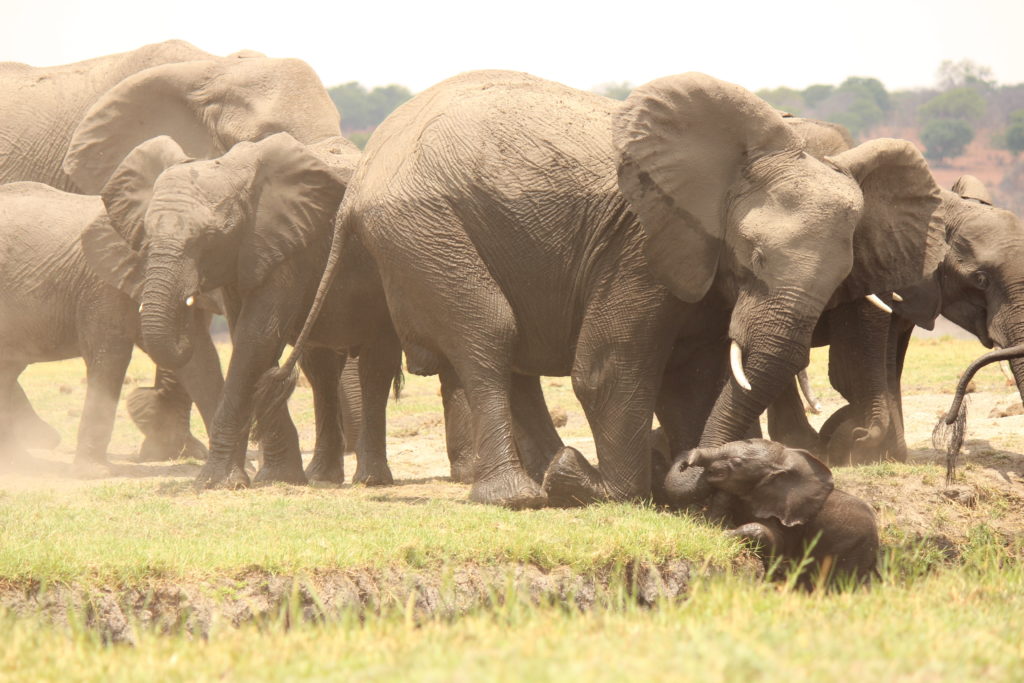
Herd helps baby elephant climb onto the river shore in Chobe National Park. Credit: Janet Ho.
Those particular animals have the fortune of living in the protective boundaries of one of Botswana’s largest national parks. They are unconfined and free to roam, but protected from poaching and pollution. They are safe, they are respected, and they thrive.
But what about less fortunate animals? What about wild animals that are subjected to climate change, dwindling food supply, or destruction of their national habitat? How can we ensure that those species continue to thrive in an environment transforming at an unprecedented pace?
In recent years we have witnessed the drastic decline of the honeybee and bat populations around the world. We have learned of the devastating and life-altering effects of these tragedies. Such changes to our planet are happening with increased regularity. We simply cannot stand back and watch. As travellers, we have a global responsibility to do all that we can to preserve our planet, its natural environments, and its living creatures.
Today, we’re featuring one endangered animal in North America – the Southern Resident Killer Whale – and discussing what we as travellers can do to help.
Southern Resident Killer Whales
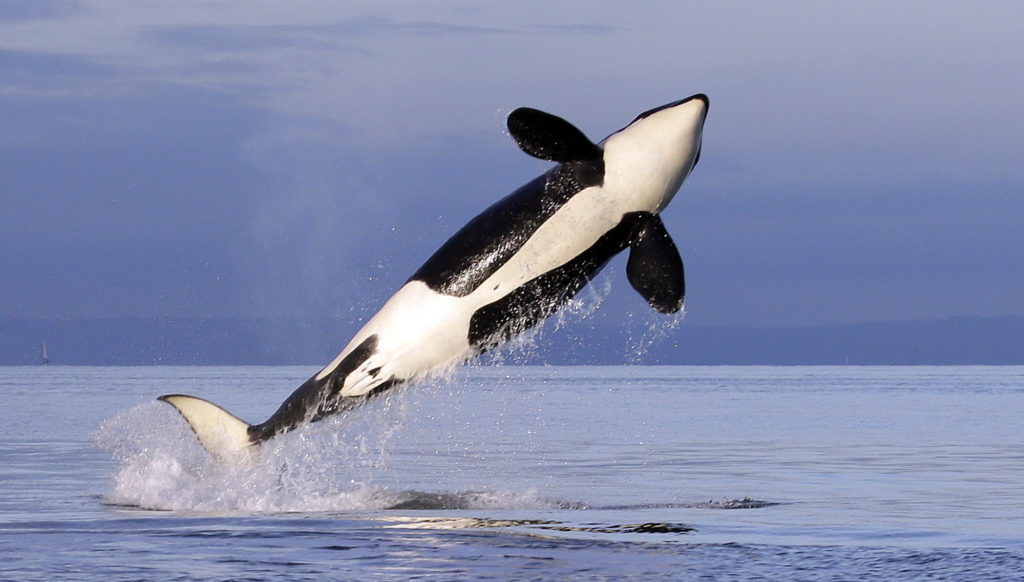
A female orca breaches while swimming in Puget Sound as seen from a federally permitted research vessel. Credit: Elaine Thompson
You may recall J2, fondly referred to as Granny, the matriarch of a pod of Southern Resident Killer Whales (or Orcas) who was recently presumed to have passed away at 105 years old. Granny’s pod is only one of three still surviving in the depths of North American oceans. In fact, Southern Resident Killer Whales are nearly extinct. As of December 31 2016, only an estimated 78 whales are left in existence.
The Southern Resident Killer Whales are frequently seen in the inshore waters of North America’s west coast, such as around the San Juan Islands in Washington State and the Gulf Islands in British Columbia. Killer whales are highly social creatures, travelling in pods of 2-15 whales at all times.
The whales’ diet, social behavior, kinship and linguistic system are distinct from other killer whale populations in the Pacific Northwest. Although certain calls (sounds) are common between all three Southern Resident pods, each of the three pods use their own unique dialect of calls to communicate. These calls can travel 16km or more under water.
The statistics surrounding the Southern Residents population are shocking. Since listed as endangered in 2001, 37 wild whales have died and only 21 have been born and survived. This is nearly a two to one death ratio. The population must increase by an average 2.3 percent per year for 28 years in order to be removed from the Endangered Species list.
Sadly, Southern Residents are just one out of many endangered whale species. The World Wildlife Fund reports 6 out of 13 great whale species are endangered.
Why are they endangered?
Live-trapping for exhibition: The Southern Resident population suffered heavy losses between 1965-1975, when many adult whales were captured for exhibition in marine parks. Of the whales captured during that time, 13 were killed and 45 were transported to parks around the world. Only one is still alive today. This number is jolting when we consider these creatures can live for 50 to 100 years.
Polluted ocean water: Unclean water is a key factor in the decline of Southern Residents. Chemical pollutants, used by both industries and individuals, leach into underground water systems and end up in our oceans. Some chemical substances compromise the quality of the water and others are deadly for any form of aquatic wildlife. Contaminated waters, along with rising ocean temperatures caused by climate change, play a central role in the whales’ quality and possibility of life.
Diminishing food supply: The average Southern Resident Killer Whale consumes 18-25 adult salmon every day. To sustain the entire population, 1,500 salmon are required each day and half a million are required each year. This means we would need 1 million salmon a year to allow the population to reach a recovery level of 140 whales.
Dwindling salmon populations have had a devastating effect on Southern Residents and other aquatic creatures. While killer whales feast on many different types of salmon, at least 80 percent of their diet consists of Chinook Salmon. In many areas, the remaining wild Chinook salmon are at 10 percent of their historic numbers. This decline is a result of over-fishing, dams disrupting natural migrating patterns, multiple forms of pollution (including human-produced garbage) and other changes to the ecosystem due to climate change.
What can we do?
As travellers, we have a responsibility to protect and conserve the world we live in. Southern Resident Killer Whales sit at the top of the food chain. This means everything in their environment, from the ocean floor to the water’s surface, affects their survival. Food and habitat conservation is vital to their existence.
Donate to conservation societies or research centres: Donating to legitimate organizations whose primary goal is to conserve or research the quality of our oceans and the livelihood of aquatic animals is a valuable contribution. Do your research and make an educated decision regarding which organizations are worthy of your donation.
Volunteer with an ocean conservation organization: Volunteering with a local, national, or international conservation group is an incredible way of giving back to the environment while gaining valuable, hands-on experience. Again, research a reputable organization whose cause aligns with your values and interests.
Respectful whale watching: Ask your tour guides not to bring the boat too close to the whales. Any type of marine vessel should remain at least 200 metres or more from the whales. Research shows noise pollution and collisions with ships are primary causes of the decline in the killer whale population. Boats can also frighten whales away from important food sources.
Understand marine parks’ and zoos’ policies and practices: Educate yourself on the historical and present day policies and practices of marine parks and zoos, particularly in regards to how they treat large aquatic mammals kept in captivity.
Partake in sustainable travel: The World Tourism Organization defines green travel or ecotourism as travelling so that economic and social needs can be fulfilled while maintaining cultural integrity, essential ecological processes, biological diversity, and life support systems. There are many online resources to learn about how you can travel more sustainably.
Educate yourself: Learn about the ways your daily practices impact our planet. Be aware of how your eating habits, cleaning products, vehicles, and material consumption affect the environment. Informed lifestyle choices can have a drastic influence on the earth. Every little bit counts.
Educate others: As travellers, the world is our platform to make a difference. Initiate meaningful conversations with fellow travellers about how the travel industry can negatively impact the natural environment. Consider ways in which you can use travel as a means of positively changing the world.
How else can we as travellers help preserve the lives’ of endangered species? Share your thoughts in the comments below.
Latest posts by Victoria Boyd (see all)
- Norway Untouched: A Journey into the Fjords - January 23, 2018
- Three Days, Three Cities: Belgium’s Brussels, Ghent and Bruges - December 12, 2017
- 5 Tips for Taking Better Travel Photos - November 14, 2017











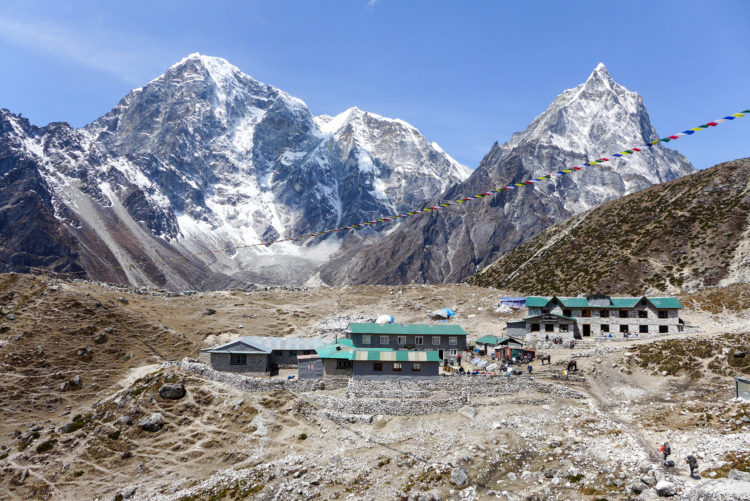 Almost all the tea houses in
Almost all the tea houses in 
